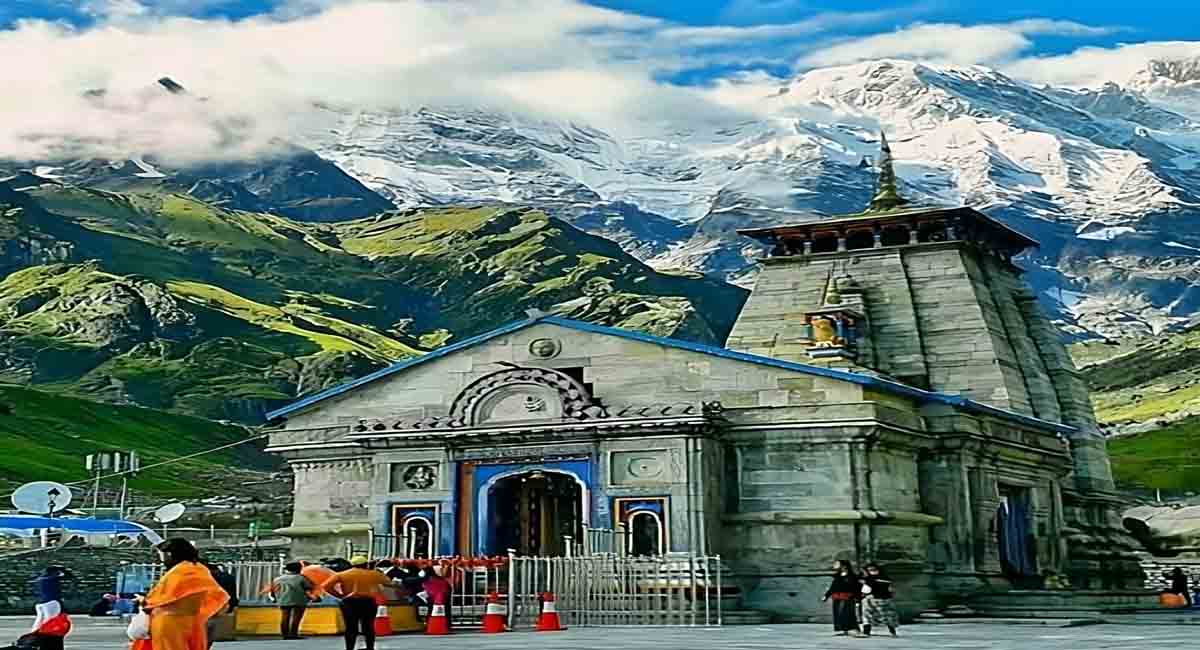About Kedarnath Dham | Kedarnath Temple
Are you ready to learn about the awe-inspiring Kedarnath Dham? Situated in the Rudraprayag district of Uttarakhand, this place is a true haven for those who worship Lord Shiva. With the mighty snow-clad peaks, enchanting meadows, and forests of the lower mountain range of the Himalayas, the air appears to be reverberating with the name of Lord Shiva.
At an elevation of 3,584 meters, Kedarnath Dham is located near the source of the Mandakini River. It is home to one of the 12 Jyotir Lingams and is also the most important temple among the Panch Kedars (a group of 5 Shiva temples in the Garhwal Himalayas). Plus, it is one of the significant temples of the sacred Chota Char Dham Yatra in Uttarakhand, raising the glory of the place to further heights.
While the journey to Kedarnath temple can be a bit hard, the spiritual atmosphere created by the unruffled, tranquil, and splendid beauty of the region is well worth it. The majestic Kedarnath peak (6,940 meters) stands behind the temple along with other peaks, forming a perfect setting for the holy land of the supreme deity.
To reach the temple, you can access the motorable road towards Gauri Kund from major destinations in Uttarakhand. From there, you need to take a 14 km trek towards Kedarnath temple. If you prefer not to trek, ponies and palanquins (doli) are easily available. During the peak season of the yatra, you can also avail of helicopter services.
When you visit the temple, be sure to take note of the conical-shaped Shiva lingam. This unique feature of the temple is unlike any other Shiva shrine.
Kedarnath History & Significance
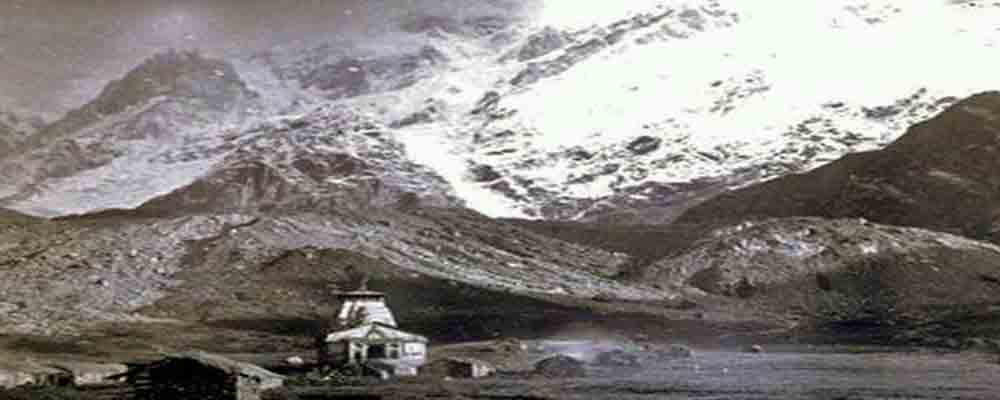
The story behind Kedarnath Temple’s construction is truly fascinating and showcases the power of devotion. According to Hindu mythology, the temple was built by the Pandavas after the Kurukshetra War. The Pandavas wanted to seek Lord Shiva’s blessings to atone for their sins, but Lord Shiva was initially not pleased with them and refused to meet them. The Pandavas followed him to the Himalayas where he took refuge in the form of a bull.
Pandavas then built temples at the sites where they found the body parts of the bull to worship Lord Shiva in his bull form. Kedarnath Temple was constructed at the site where the hump of the bull was seen.
It is believed that the temple was initially built by Adi Shankara in the 8th century CE. However, over the centuries, the temple has undergone several renovations due to natural disasters such as earthquakes and avalanches. The current structure is said to have been built in the 19th century.
The history of Kedarnath Temple is a testament to the enduring power of faith and the importance of preserving cultural and religious heritage for future generations.
Kedarnath Temple is of great significance to Hindus, particularly to devotees of Lord Shiva. The temple is one of the 12 Jyotirlingas, which are considered to be the most sacred abodes of Lord Shiva. It is also one of the five temples that make up the Panch Kedars, a group of temples dedicated to Lord Shiva in the Garhwal Himalayas.
The temple is located in the Rudraprayag district of Uttarakhand, at a height of 3,584 meters above sea level, near the source of the Mandakini River. The breathtaking location of the temple, surrounded by the majestic snow-clad peaks, enchanting meadows, and forests of the lower mountain range of the Himalayas, creates a spiritual and serene atmosphere.
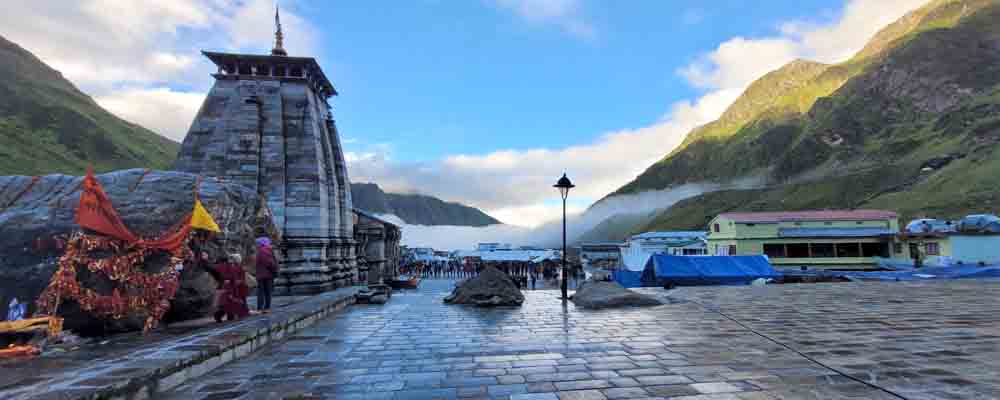
Reaching the temple can be quite a challenge as it requires a 14 km trek from Gaurikund, which is the last motorable point. However, ponies and palanquins (doli) are easily available for those who are unable to make the trek. Additionally, during the peak yatra season, helicopter services are also available to reach the temple. According to Hindu mythology, the Pandavas, who were legendary heroes in the Hindu epic Mahabharata, wanted to seek Lord Shiva’s blessings to atone for their sins. However, Lord Shiva was initially not pleased with them and refused to meet them. Undeterred, the determined Pandavas followed him to the Himalayas where he took refuge in the form of a bull.
The Kedarnath peak, which stands tall at 6,940 meters behind the temple, along with other peaks, forms a perfect setting for the holy land of the supreme deity. The conical-shaped Shiva lingam in the Kedarnath temple is a unique feature of the temple among all Shiva shrines.
Apart from its religious significance, Kedarnath Temple is also known for its stunning architecture. The temple is constructed using large, heavy, and evenly cut grey stones that are interlocked with each other without any cementing material. The temple’s interior is adorned with intricate carvings and sculptures that reflect the skill and craftsmanship of the artists who built it.
In recent years, Kedarnath Temple has faced significant damage due to natural disasters such as floods and landslides. The 2013 flash floods in Uttarakhand caused extensive damage to the temple and the surrounding areas. However, with the help of the government and various organizations, the temple has been restored to its former glory.
Visiting Kedarnath Temple is a unique and unforgettable experience that offers a glimpse into the rich cultural and religious heritage of India. The temple’s serene atmosphere, stunning architecture, and breathtaking location make it a must-visit destination for anyone looking to explore the spiritual side of India.
Kedarnath Mandir Portals Opening & Closing Dates 2023
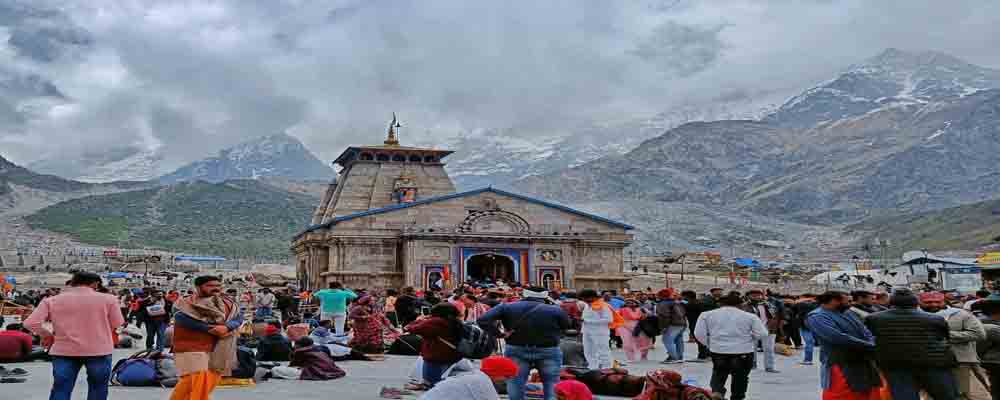
The Kedarnath Temple’s opening and closing dates are set by the temple priests based on auspicious dates in the Hindu calendar. These dates are usually announced on Mahashivratri, which falls in February. Typically, the temple opens in the last week of April or the first week of May and closes in the second week of November.
For this year, the Kedarnath Dham will open on April 25 at 6:20 AM. The closing date has not been announced yet, but it is usually announced on the day of Bhai Dooj.
Best Time to Visit Kedarnath Dham or Kedarnath Temple for Yatra
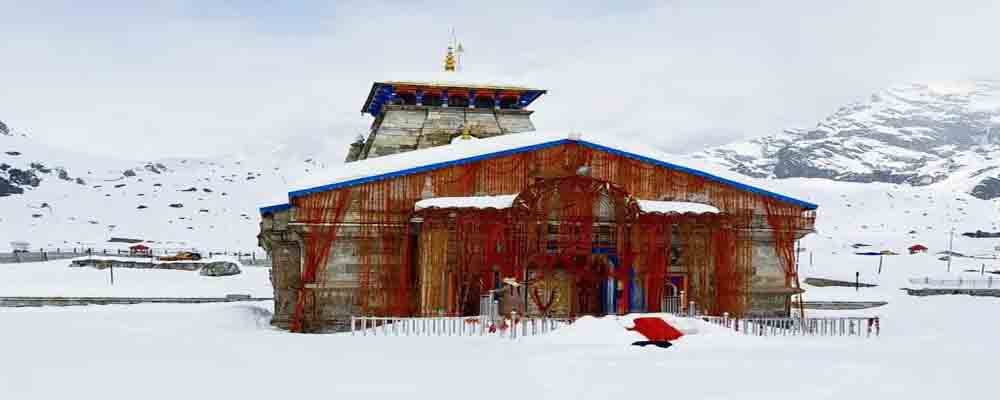
SUMMER MONTHS: MAY TO JUNE
The summer months of May to June are the best time to visit Kedarnath. During this time, the weather is pleasant, and temperatures range from 15C to 30C. The skies are clear, and you can enjoy uninterrupted views of the scenic beauty that surrounds you. The flowers are in full bloom, and the lush greenery is a sight to behold. Whether you’re a nature lover or a photography enthusiast, you’ll be able to capture some stunning shots during this time.
AUTUMN MONTHS: SEPTEMBER TO NOVEMBER
If you want to avoid the crowds, the best time to visit Kedarnath is from September to November. During this time, the weather is cool and pleasant, with temperatures ranging from 5C to 20C. The monsoon season is over, and the skies are clear, making it the perfect time to explore the place. The mountains are covered in a blanket of mist, and the scenery is just as breathtaking as it is during the summer months.
MONSOON SEASON: JULY TO AUGUST
It’s important to note that Kedarnath receives heavy rainfall during the monsoon season from July to August, and the region is prone to landslides, making it unsafe to travel during this time. If you do plan to visit during the monsoon season, make sure you keep an eye on the weather forecast and plan your trip accordingly. While the rains can make the place look even more beautiful, it’s important to prioritize your safety.
Also read – Kedarnath Temple Travel Updates, Guide, Tips, Booking 2023
Kedarnath Temperature | Kedarnath Weather
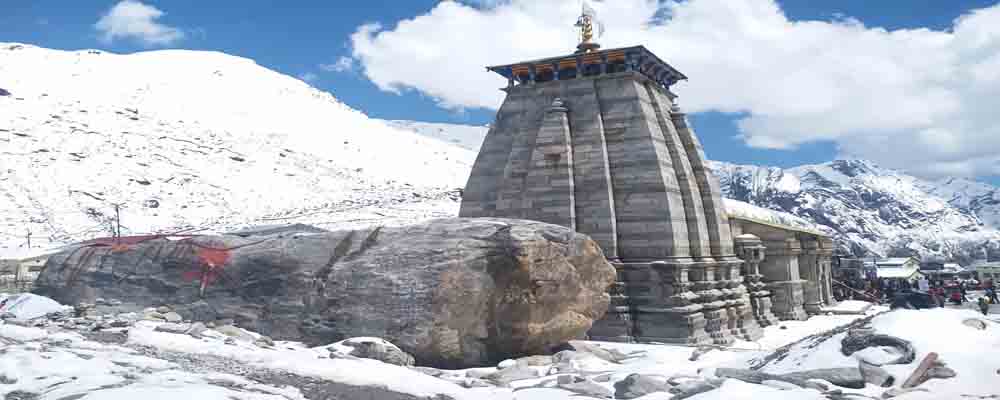
Kedarnath’s temperature varies depending on the time of year you visit. During the summer months of May to June, the weather is pleasant, with temperatures ranging from 15C to 30C. From September to November, the weather is cool and pleasant, with temperatures ranging from 5C to 20C.
It’s important to note that Kedarnath experiences heavy rainfall during the monsoon season from July to August. This can make it unsafe for travel due to landslides. Therefore, it’s advisable to plan your visit during the summer or autumn months for a safer and more enjoyable experience.
Overall, Kedarnath’s weather can be unpredictable, so it’s essential to check the forecast before embarking on your trip.
Kedarnath Temple Arti Timings
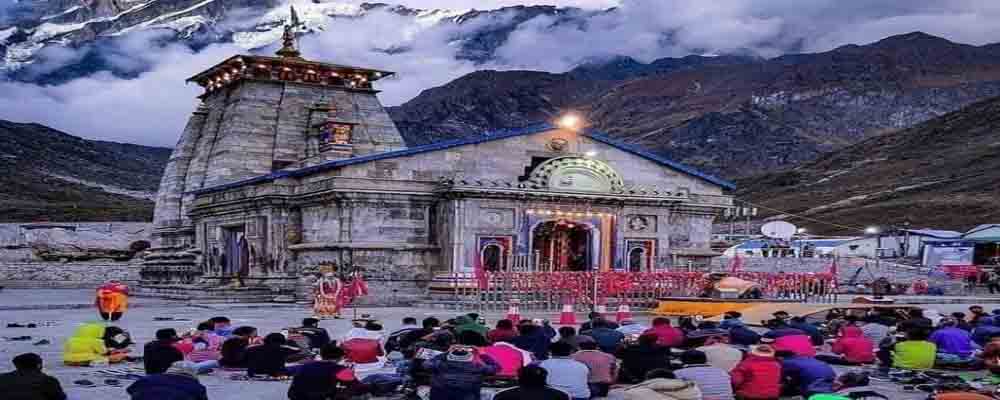
At Kedarnath Temple, daily pujas or rituals are performed under the guidance of Rawal, who is the main priest of the temple. The darshan timings are decided by the main priest and other board members.
The temple opens at 6:00 AM, and darshan is available for the general public from that time onwards. The daily Maha Abhishek ceremony begins at 4:00 AM, and the Shyan aarti marks its end at 7:00 PM. However, there is a break between 3:00 PM and 5:00 PM during which darshan is not available.
Guests can perform Abhishek with Ghee before 3:00 PM. After 5:00 PM, visitors are allowed for darshan from a distance.
We recommend checking the temple’s schedule beforehand to plan your visit accordingly. The Kedarnath Temple is a sacred and significant place, and we hope you enjoy your visit.
| Daily Puja at Kedarnath Temple Starts From | 4:00 AM |
| Daily Puja at Kedarnath Temple Ends At | 7:00 PM |
| The door Remains Closed for a Break | 6:00 AM |
| The door Opens to the Public | 3:00 PM to 5:00 PM |
| Gangotri Yamunotri Tour Package | 4 Nights 5 Days |
| The door Opens to Public | 7:00 PM |
Special Puja Booking at Kedarnath Temple
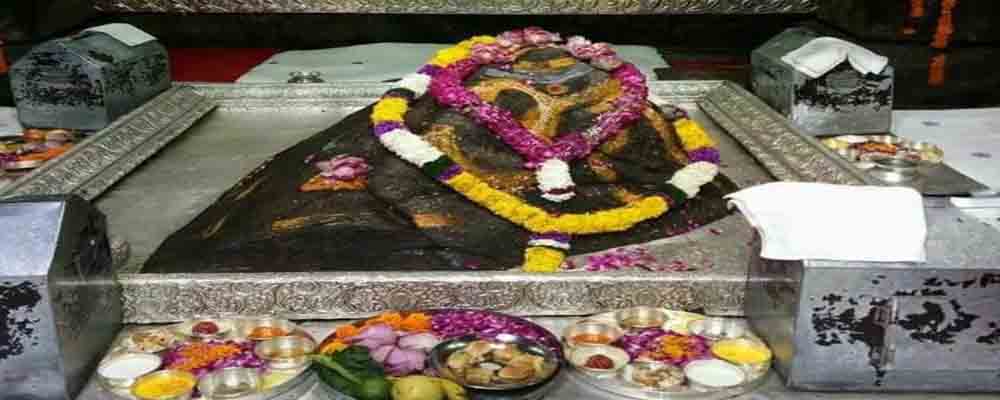
If you’re planning a pilgrimage to Kedarnath Temple, you’ll be pleased to know that there are various types of pujas you can book in advance. The two main types are ‘Attending’ and ‘Non-Attending.’ If you choose the Attending puja, you’ll need to be present during the ceremony, whereas, with the Non-Attending puja, you don’t need to be there.
But wait, there’s more! There are three additional types of puja you can book: Atka Bhog, Long Term Puja, and Special Occasion. Prices for pujas start from INR 100 and go up to INR 26,000 according to the official website of Puja Booking.
If you’re interested, here’s a list of some of the Attending and Non-Attending pujas that can be booked through the official website. It’s always best to check the latest information before booking, so be sure to visit the website.
| Attending/Non-Attending | Name of the Puja | Price |
|---|---|---|
| Attending (Morning) | Mahabhishek Puja Rudrabhishek Puja Laghurudhrabhishek Puja Entire Puja of the Day | INR 8500 INR 6500 INR 5500 INR 26000 |
| Attending (Evening) | Shiv Ashtotari Path Shiv Tandav Strotam Path Shiv Sehashtranaam Path Shiv Namawali | INR 900 INR 1700 INR 1800 INR 1800 |
| Non-Attending (Daily Puja) | Early Morning Puja Baal Bhog | INR 850 INR 900 |
| Non Attending (Daily Puja) | Daily Bhog Distribution Simple Bhog Puja Uttam Bhog Puja Daily Hawan Sadavaart Khichadi Nitya Niyam Bhoh Shri Kedarnath Ji Nitya Niyam Bhog For Deities of Subordinate Temple | INR 100 and above INR 325 INR 850 INR 1800 INR 3500 INR 3510 INR 5330 |
How to Reach Kedarnath Dham?
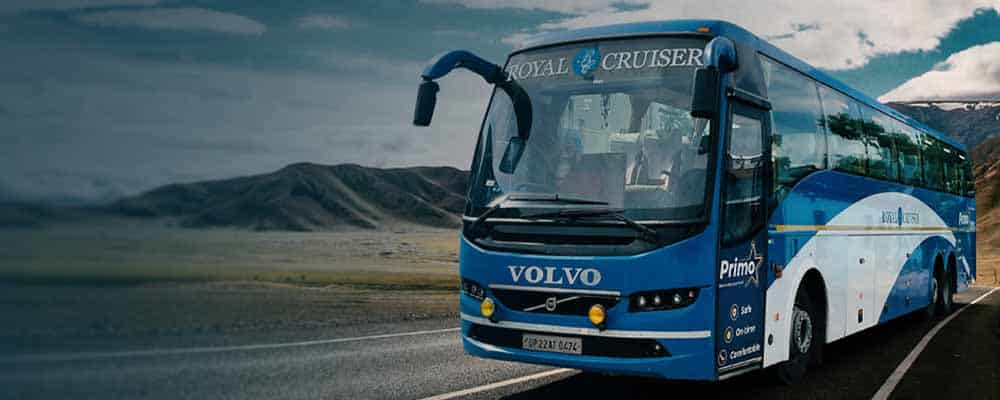
Kedarnath Dham is a popular Hindu pilgrimage site located in the state of Uttarakhand, India. Here are a few ways to reach Kedarnath Dham:
By Air: The nearest airport to Kedarnath Dham is Jolly Grant Airport in Dehradun, which is about 239 km away. From the airport, you can hire a taxi or take a bus to reach Kedarnath.
By Train: The nearest railway station to Kedarnath Dham is Haridwar, which is about 240 km away. From Haridwar, you can hire a taxi or take a bus to reach Kedarnath.
By Road: Kedarnath Dham is well-connected by road. You can take a bus or hire a taxi from major cities in Uttarakhand like Dehradun, Haridwar, Rishikesh, and others to reach Kedarnath.
Once you reach Kedarnath, you will have to trek for about 16 km to reach the temple. You can either trek from Gaurikund or take a helicopter ride from Phata or Guptkashi to Kedarnath Helipad.
Kedarnath Registration
There are two ways to register. You can either register for the Chardham Yatra, which includes Kedarnath, and you won’t have to register separately. Or, if you only want to visit Kedarnath, you’ll need to register specifically for that.
To register, you can do it online through the Dehradun Smart City Portal. It’s super easy and convenient! But if you prefer to register offline, there are several registration centers located throughout the Chardham route.
For this year, 2023, the physical registration point for Kedarnath is Sonprayag. If you’re in Haridwar, you can head to Rahi Hotel, and in Rishikesh, there are three centers, including ISBT, RTO, and Gurudwara.
So, make sure to register before your trip to ensure a hassle-free and enjoyable journey!
Guidelines on How to Register Yourself Online
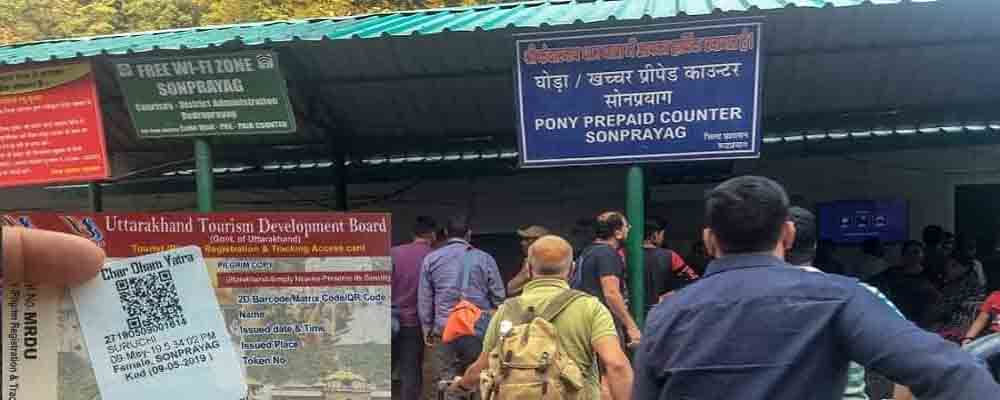
- To register for your trip, simply head to the official website and create an account.
- You can register as an individual or as a family, just make sure to enter your full name, mobile number, and a strong password.
- Once you’ve created your account, sign in.
- Next, click on “Create/Manage Tour” and you’ll be taken to the “Plan Your Trip” page.
- Here, you can click “Add New Tour” and enter all the necessary details, such as the tour type, destination, specific date, and the number of tourists joining you.
Don’t forget to save your entries! You’ll then need to add a pilgrim number and complete the “Registration of Tourist” form. Make sure to double-check that all the information is accurate before saving.
After completing the form, you’ll be able to download your Yatra Registration Letter which will include a unique QR code. You’ll also receive a confirmation via SMS and a unique ID number.
Once you’ve arrived at your destination, make sure to get your “Yatri Certificate” after verification. And for even better assistance throughout your journey, consider downloading the “Tourist Care Uttarakhand” app.
Kedarnath Helicopter Booking
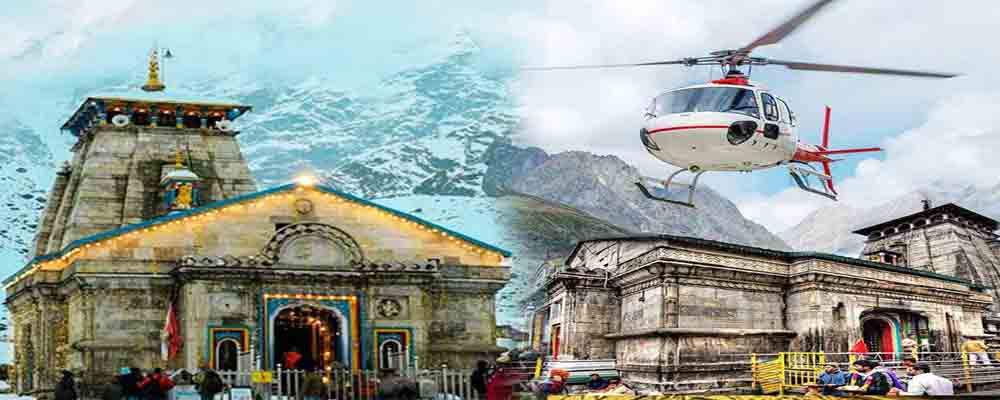
Helicopter services for Kedarnath Yatra, you can take advantage of the helicopter services available between Kedarnath and Guptkashi, Phata, and Sirsi. To book your seat, you can either go through the official website of Heli Services or contact your travel or tour agent for a hassle-free journey. There are several authorized heli companies available at different points to choose from.
In case the weather doesn’t permit flying on the day you’ve booked your seats, don’t worry! You’ll get a full refund of the ticket price. The minimum price for a one-way trip is INR 2,360, and a round trip costs INR 5,500.
So, if you want to save time and energy, and have a comfortable journey to your pilgrimage destination, consider using the helicopter services.
Hotels Near Kedarnath Temple

There are lots of options available to suit different budgets and preferences. The good news is that some hotels are located close to the temple itself, making it convenient for you to explore the area. Whether you’re after a hotel, ashram or homestay, you’ll find plenty of clean and comfortable rooms with basic amenities such as hot water, clean bathrooms and food.
It’s important to keep in mind that during peak season, hotel bookings can fill up quickly, so it’s a good idea to plan and book your stay in advance. To get you started, here are some hotel names you might like to consider:
- GMVN Cottages
- Bharat Sevashram Sangha
- Punjab Sindh Awas
- Gayathri Bhawan
- Gujarat Bhawan
- Rajasthan Seva Sadan
- Behl Ashram Hotel
- Hotel Jaipur House
We hope this helps you find the perfect place to stay during your visit to Kedarnath.
Haridwar to Kedarnath Distance
The distance from Haridwar to Kedarnath is approximately 125 kilometers. However, please note that the journey can take quite some time due to the hilly terrain and winding roads. It’s important to plan your journey in advance and take necessary precautions to ensure a safe and comfortable trip. Many visitors opt to hire a taxi or take a shared jeep from Haridwar to Gaurikund, the base camp for the Kedarnath trek. From there, you can either trek on foot or take a helicopter ride to Kedarnath. Regardless of your mode of transportation, the journey to Kedarnath is sure to be an unforgettable experience.
Frequently Asked Questions
Who can visit Kedarnath temple?
The Kedarnath temple is open to all visitors, regardless of their religion or beliefs. However, please note that there may be certain dress codes and rules of conduct that visitors are expected to follow while inside the temple premises.
Is Kedarnath open now?
The Kedarnath temple is generally open to visitors from the end of April or the beginning of May until the end of October or early November. However, it’s always a good idea to check the latest updates and information before planning your trip, as the opening and closing dates may be subject to change due to weather or other factors.
What is special about the Kedarnath temple?
The Kedarnath temple is one of the most important and revered Hindu temples in India. It is dedicated to Lord Shiva and is believed to have been built by the Pandavas during the Mahabharata era. The temple’s location in the Himalayan mountains and its rich history and mythology make it a truly unique and spiritual destination.
Which time is good to visit Kedarnath?
The best time to visit Kedarnath is during the summer months of May to June and the autumn months of September to November. During these times, the weather is pleasant and the trek to the temple is safer and more enjoyable. However, it’s important to keep in mind that the monsoon season from July to August can bring heavy rainfall and landslides, making it unsafe to travel to Kedarnath.
How many days are required to visit Kedarnath?
The length of your visit to Kedarnath will depend on your personal preferences and travel plans. If you’re only visiting the temple, a day trip may be sufficient. However, if you’re planning on trekking in the surrounding areas or exploring other nearby attractions, you may want to allow for several days or even a week. It’s a good idea to plan your itinerary in advance and take into account any travel time and rest days you may need.

